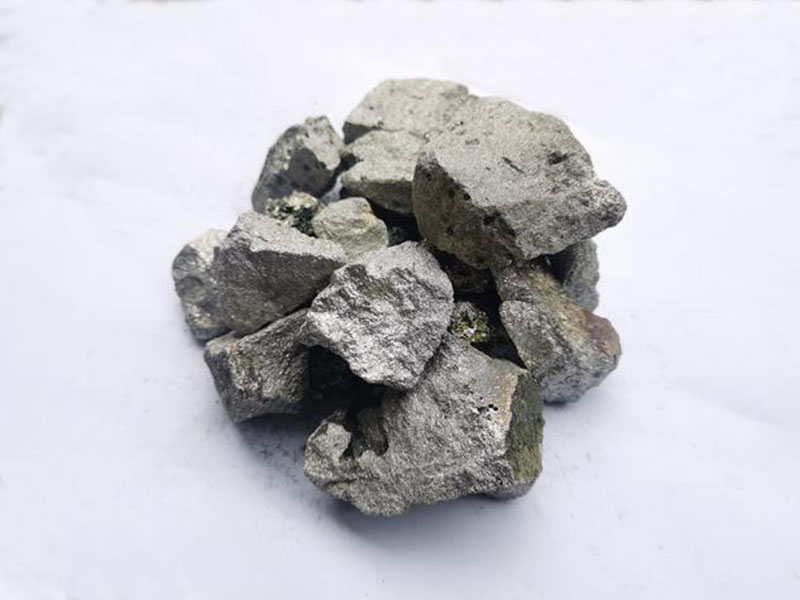Composition of Ferrochrome
Ferrochrome, also known as ferrochromium, is an alloy primarily composed of iron (Fe) and chromium (Cr). The chromium content typically ranges from 50% to 70%, although variations exist based on specific requirements. In addition to iron and chromium, ferrochrome may contain trace amounts of other elements such as carbon (C), silicon (Si), and sulfur (S), which can influence its properties and applications.

Uses of Ferrochrome :
Ferrochrome serves a variety of purposes across different industries due to its unique properties. Some key uses include:
1.Stainless Steel Production: One of the primary applications of ferrochrome is in the production of stainless steel. Chromium imparts stainless steel with corrosion resistance, strength, and durability, making it suitable for use in construction, automotive manufacturing, household appliances, and other sectors.
2.Alloy Production: Ferrochrome is also utilized in the production of alloy steels. Adding ferrochrome to steel alloys enhances their resistance to corrosion, oxidation, and wear, making them suitable for specialized applications in machinery, tools, and equipment.
3.Refractory Materials: Ferrochrome finds application in the manufacturing of refractory materials, which are resistant to high temperatures and chemical corrosion. These materials are essential for lining furnaces and other high-temperature industrial processes.
4.Chemical Industry: In the chemical industry, ferrochrome serves as a catalyst in certain chemical reactions, contributing to the production of various chemicals and intermediates.
Smelting Process of Ferrochrome:
The production of ferrochrome involves a complex smelting process typically conducted in specialized smelters. The key steps in the smelting process include:
1.Ore Preparation: The process begins with the preparation of raw materials, including chromite ore, coke (or charcoal), and fluxes. The chromite ore is crushed and ground into fine particles to facilitate the extraction of chromium.
2.Smelting Furnace: The prepared raw materials are charged into a smelting furnace along with reductants such as coke or charcoal and fluxes such as limestone or dolomite. The furnace is heated to high temperatures, typically around 1600 to 1700 degrees Celsius, to facilitate the reduction of chromite ore and the formation of ferrochrome.
3.Reduction Reaction: Inside the furnace, the carbonaceous reductants react with the oxygen in the chromite ore, resulting in the reduction of chromium oxide (Cr2O3) to elemental chromium (Cr) and the formation of carbon dioxide (CO2).
4.Alloy Formation: The molten ferrochrome alloy, along with slag formed from impurities, is tapped from the furnace and cast into molds to solidify. The alloy is then crushed and screened to produce the desired particle size for subsequent use in various applications.
5.Refining: Additional refining steps may be carried out to remove impurities and adjust the alloy’s composition to meet specific requirements, depending on the desired quality and application of the ferrochrome alloy.
Overall, the smelting process for ferrochrome is energy-intensive and requires precise control of temperature, chemistry, and process parameters to ensure the production of high-quality alloy suitable for diverse industrial applications.
Anyang Taizhihe Trading Co.,LTD
